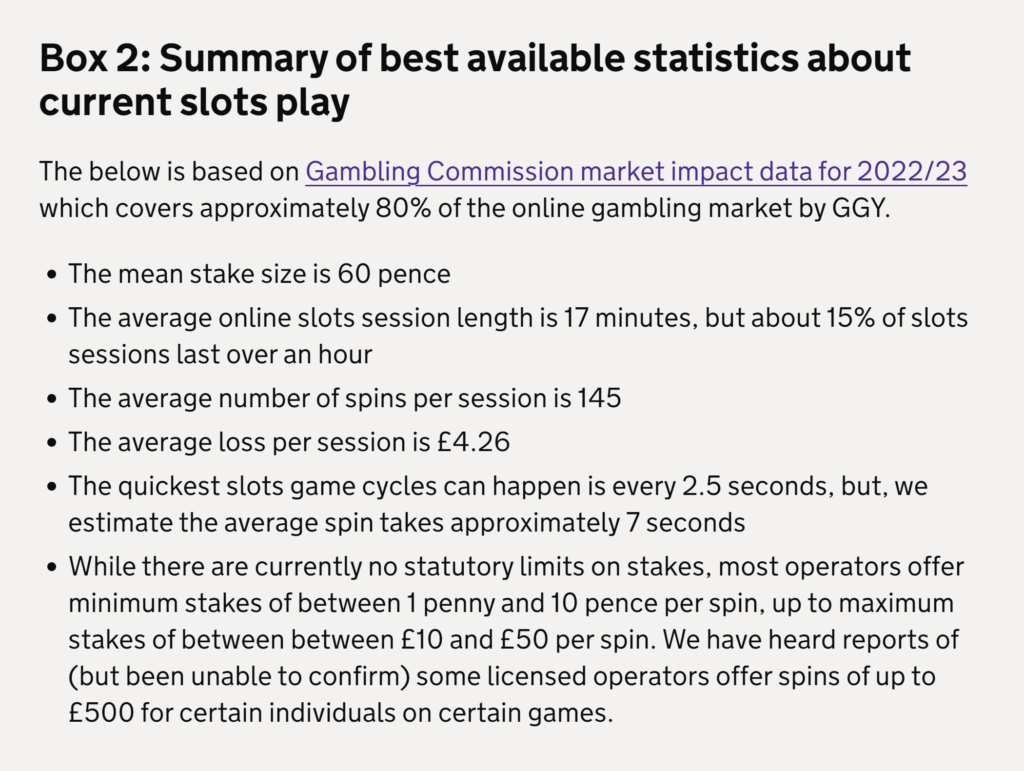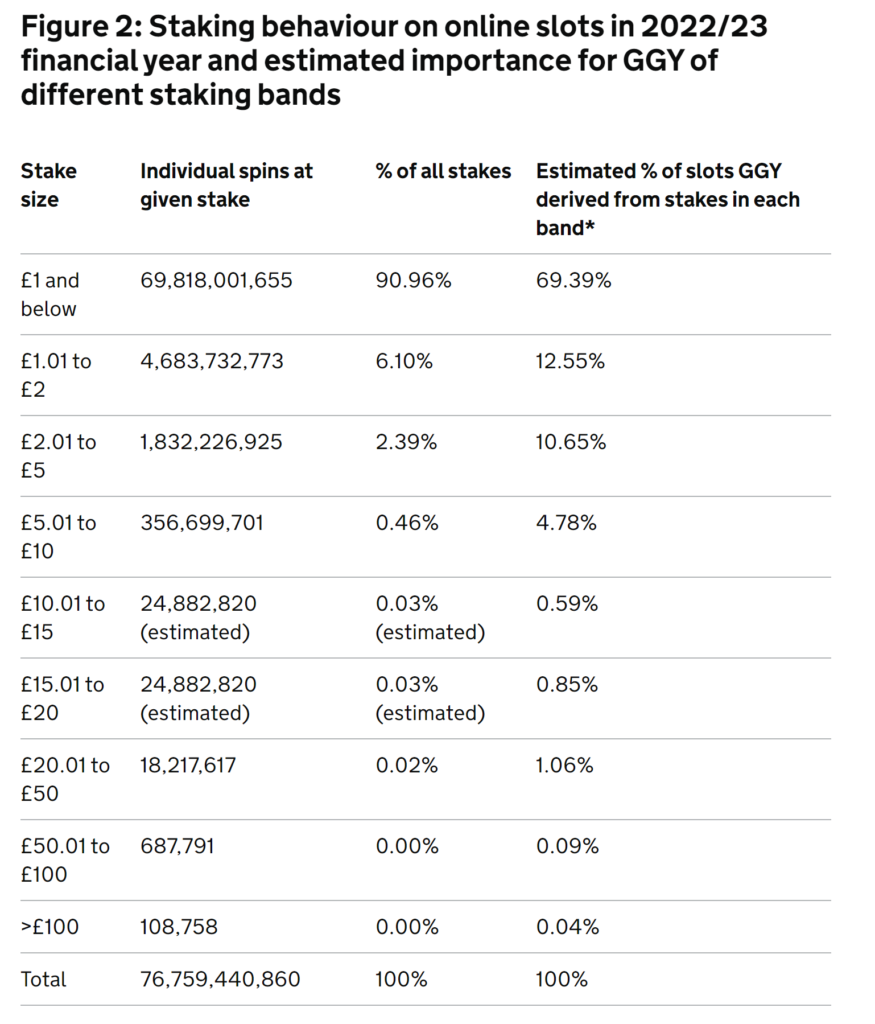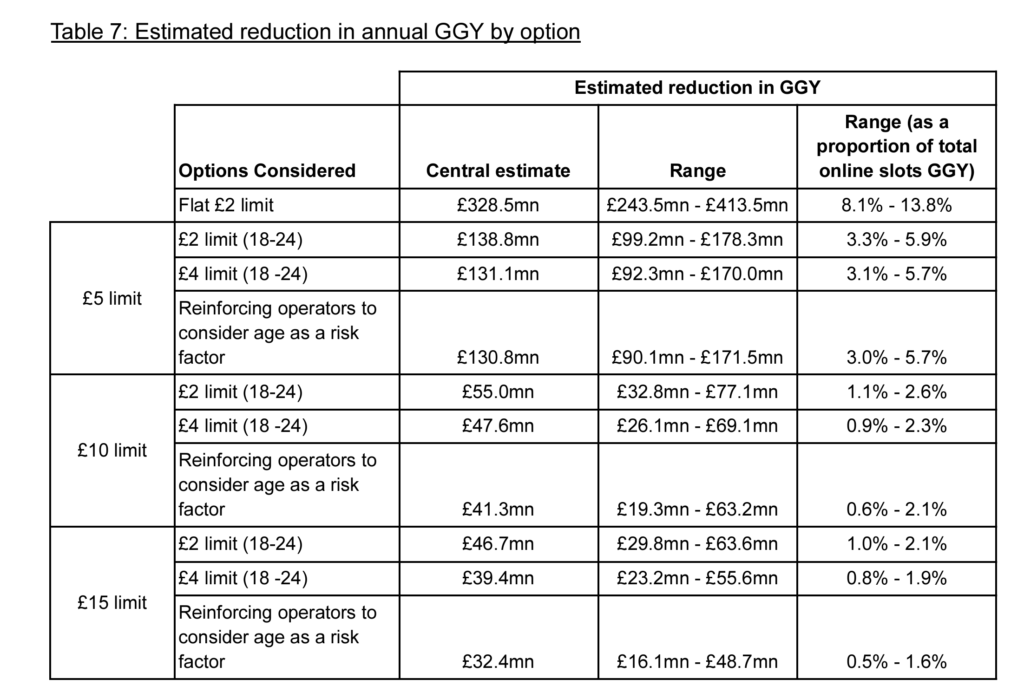Treatment of Domestic Politically Exposed Persons under the Money Laundering Regulations
On 14 December 2023, the UK Government laid The Money Laundering and Terrorist Financing (Amendment) Regulations 2023 (SI 2023/1371) (“Amendment Regulations”) before Parliament. The Amendment Regulations will amend The Money Laundering, Terrorist Financing and Transfer of Funds (Information on the Payer) Regulations 2017 (“MLRs”), to address the treatment of Politically Exposed Persons (“PEPs”) who are entrusted with prominent public functions by the UK (“Domestic PEPs”).
Amendments to the MLRs
The Amendment Regulations will introduce a requirement in the new paragraph 3A of Regulation 35 of the MLRs, stating:
“For the purpose of the relevant person’s assessment under paragraph (3), where a customer or potential customer is a domestic PEP, or a family member or a known close associate of a domestic PEP—
a) the starting point for the assessment is that the customer or potential customer presents a lower level of risk than a non-domestic PEP, and
b) if no enhanced risk factors are present, the extent of enhanced customer due diligence measures to be applied in relation to that customer or potential customer is less than the extent to be applied in the case of a non-domestic PEP.”
Regulation 35 will also be amended to include definitions for ‘domestic PEP’, ‘non-domestic PEP’ and ‘enhanced risk factors’, the latter of which means “risk factors other than the customer’s or potential customer’s position as a domestic PEP or as a family member or a known close associate of that domestic PEP.”
In a statement to the House of Lords, Baroness Vere of Norbiton, the Treasury Lords Minister, reiterated that domestic PEPs, or a family member or known close associate of a domestic PEP, must be treated as “inherently lower risk” than non-domestic PEPs by banks and other regulated firms. Baroness Vere further specified that the Government is making this change “to ensure that banks and other regulated firms take a proportionate and risk-based approach to the treatment of domestic PEPs”, which aligns with the Government’s approach to combating money laundering (“ML”) and terrorist financing (“TF”).
The Amendment Regulations will come into force on 10 January 2024.
Takeaway points for Casino Licensees
As a class of ‘relevant person’ listed under the MLRs, holders of a casino operating licence issued by the Gambling Commission (“Casino Licensees”) must comply with the MLRs.
Casino Licensees must therefore review and update their policies, procedures and ML/TF risk assessments to ensure they take into account the Amendment Regulations.
Please get in contact with us if you require assistance with reviewing your ML/TF risk assessment and/or your AML policies, procedures and controls.


